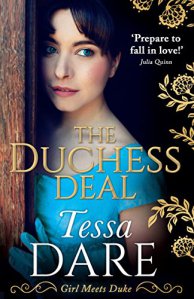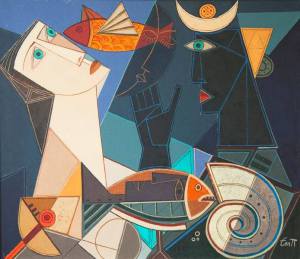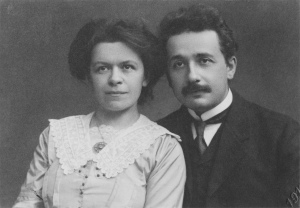The Lia Fáil (Stone of Destiny) is a stone at the Inauguration Mound (an Forrad) on the Hill of Tara in Co Meath, which served as the coronation stone for the High Kings of Ireland. It is also known as the Coronation Stone of Tara. In legend, all of the kings of Ireland were crowned on the stone up to Muirchertach mac Ercae c. AD 500.
The Lia Fáil itself is located in the centre of an earthwork enclosure known as the Forradh, or Royal Seat. Originally, it stood before the Mound of Hostages, a burial chamber also located on the site, and was only moved to its present position in 1798 following the death of four hundred rebels in the Battle of Tara during the Irish Revolution.
The term Lia refers to a stone of significance, a stone with a purpose, not just your average rock or boulder, i.e., a stone used as a marker for boundaries, monuments, or dolmens. It is also associated with meaning grey, aged, knowledge. The term Fáil means hedge or wall, bed, protection and to guard. Perhaps, then, its title could be explained as ‘the stone which protects sacred knowledge’.
The Lebor Gabala, dating to the eleventh century, states that it was brought in antiquity by the semi-divine race known as the Tuatha Dé Danann. The Tuatha Dé Danann had travelled to the “Northern Isles” where they learned many skills and magic in its four cities Falias, Gorias, Murias and Findias. From there they travelled to Ireland bringing with them a treasure from each city – the four legendary treasures of Ireland. From Falias came the Lia Fáil. The other three treasures are the Claíomh Solais or Sword of Light, the Sleá Bua or Spear of Lugh and the Coire Dagdae or The Dagda’s Cauldron.
The Lia Fáil was thought to be magical: when the rightful High King of Ireland put his feet on it, the stone was said to roar in joy. The stone is also credited with the power to rejuvenate the king and also to endow him with a long reign. According to Lebor Gabála Érenn, Cú Chulainn split it with his sword when it failed to cry out under his protégé, Lugaid Riab nDerg – from then on it never cried out again, except under Conn of the Hundred Battles.
Image: Cú Chulainn Riding His Chariot into Battle, illustration by J. C. Leyendecker






